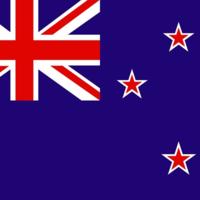Money creation in New Zealand — Bulletin article
This Bulletin article describes the monetary base, explains how broad money is created through the bank lending process, and explains the constraints on broad money creation.
The Reserve Bank of New Zealand is responsible for maintaining people's trust in money. Trust and credibility are central to the idea of money, without which, the economy could not run smoothly and people would be much worse off. The Reserve Bank tries to keep the purchasing power of money steady by keeping consumer price inflation low and stable.
There are several forms of money. Some are created by the Reserve Bank directly, and others are created by commercial banks via interactions with their customers.
Money created by the Reserve Bank directly is known as the monetary base, base money or M0. The monetary base includes:
- ♦physical currency (notes and coins)
- ♦settlement cash balances.
Settlement cash balances are deposits held by commercial banks in their accounts at the Reserve Bank.
However, the monetary base is small relative to the total money supply. The money most people use in their daily lives is known as broad money or M2. Bank deposits make up about 98% of broad money in the New Zealand economy.
The Reserve Bank conducts monetary policy by influencing short-term interest rates to maintain price stability and support maximum sustainable employment. The Reserve Bank's monetary policy influences the quantity of broad money, but does not directly control it.
The final section of this Bulletin explains how additional monetary policy (AMP) tools affect the quantities of base money and broad money.





















































First, please LoginComment After ~